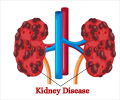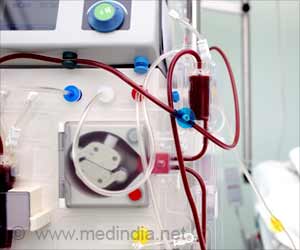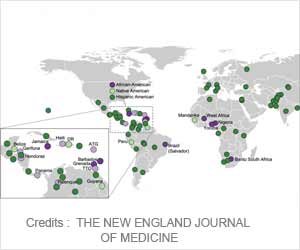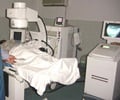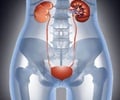Patients with kidney disease are at a higher risk of becoming infected with the coronavirus and have a more severe course of COVID-19.
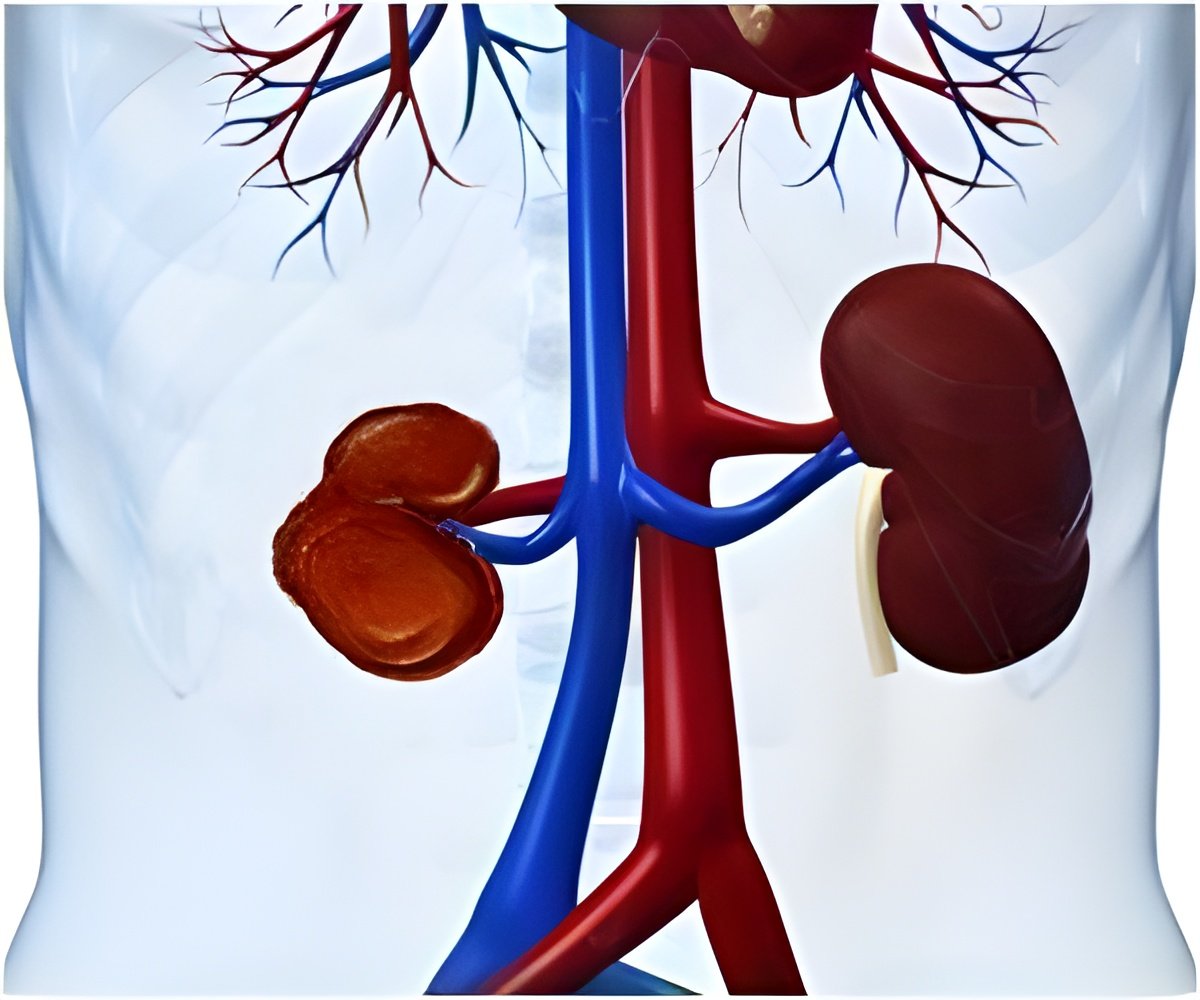
‘Patients with kidney disease are at a higher risk of becoming infected with the coronavirus and have a more severe course of COVID-19.
’





Up to June 2, 2020, there were 182,028 cases of COVID-19 and 8,522 deaths. As in other countries, dialysis patients were at high risk due to the fact that they often are of older age, have more comorbidities, and, of course, suffer from an impaired immune system. A practical problem which adds to the risk is that they cannot stop their treatment and they have to go to a dialysis unit 3 times a week; this means: strict home isolation is not possible for these patients at risk.A registry has been created in Germany to investigate the prevalence and outcome of SARS-CoV-2 infected dialysis patients. By the end of May, about 2% of the registered dialysis patients (about 300 people out of 14,000) had been tested positive for SARS-CoV-2, and, as it turned out, these patients had a poor prognosis: The mortality rate was around 20%. Phase 2 of the Registry will also include patients with acute kidney injury and chronic kidney disease and will investigate outcomes and prognostic factors.
However, not only are patients with kidney disease at a higher risk of becoming infected with the coronavirus and have a more severe course of COVID-19 - data also suggest, that the kidneys might be a target organ of this viral disease.
Early data from China on COVID-19 included some startling revelations: Kidney involvement seems to be frequent in people who have been tested positive and have developed symptoms.
A consecutive cohort study of COVID-19 patients admitted in a tertiary teaching hospital with three branches following a major outbreak in Wuhan in 2020 analyzed hematuria, proteinuria, serum creatinine concentration, and other clinical parameters as well as the incidence rate for acute kidney injury (AKI). On admission, 44% of the patients had proteinuria, and 26.7% had hematuria. AKI occurred in 5.1% of patients. After adjustment for confounders, all kidney impairment indicators were associated with a higher risk of in-hospital death. The authors recommended already in February that clinicians should increase their awareness of kidney impairment in hospitalized COVID-19 patients.
Advertisement
It is obvious that COVID-19 causes kidney injury. In an autopsy study conducted in Hamburg, samples from different organ tissues of 27 autopsied COVID-19 patients were analyzed for viral load. It was found that, although the lungs are worst affected by the novel virus, other organs and especially the kidneys are also affected. The samples from seven patients were also used to investigate which renal compartments are particularly affected, and it was shown that the renal tubules and especially the glomerular cells had a high viral load.
Advertisement
A study group from Göttingen, which cooperates closely with Hamburg, Cologne, and Aachen, is currently investigating whether early signs of kidney involvement, such as proteinuria and hypoproteinemia and antithrombin III deficiency allow early risk assessment and stratification of patients. Such patients would be at higher risk for developing complications such as lung edema and thromboembolism, such as the dreaded pulmonary embolisms. Both could then be treated prophylactically in patients at risk. A recently launched study is now being conducted to investigate the prognostic significance of kidney parameters.
Source-Eurekalert

